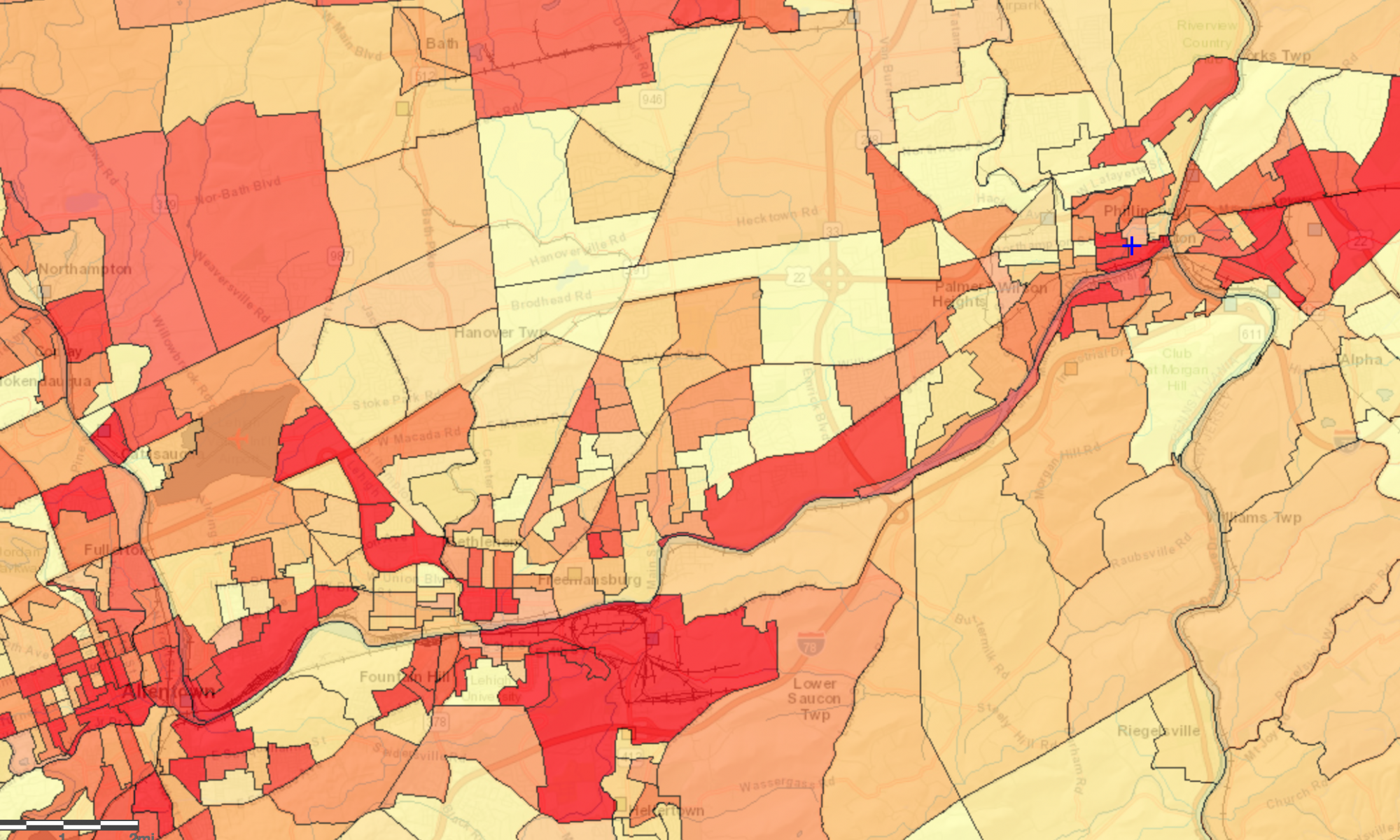Interviews
We believe that the perspective of the local government and administration of Easton is critical to the future fate of the PennEast pipeline’s presence in the Lehigh Valley. Unfortunately, after reaching out to Mayor Sal Panto, Tina Rosenberry (Easton Director of Planning) and Carl Manges (Chief Planner), they had not responded in time to participate in an interview concerning the pipeline. Instead, we have spoken with both Professor Andrea Armstrong and Professor Rachel Carr at Lafayette College regarding their concerns, opinions, and perspectives on the future of the pipeline in the Lehigh Valley.
Professor Rachel Carr, Interview Analysis
This insightful interview puts a lens over the importance of community action in the form of education and access to information. Her work at the Nurture Nature Center has aided an access of knowledge in the city of Easton, and surrounding communities, with respect to local environmental issues. Carr believes that the environmental harms that would come with the construction of the pipeline far outweighs the economic benefit due to its brief job creation and the minuscule addition of permanent jobs. Through Carr’s efforts, the NNC has successfully held well-attended forums concerning the PennEast pipeline project. It is apparent that there is a practicality in the use of deliberative democracy, public engagement with science, and civic discussions, in its execution at a local level.
Dr. Andrea Armstrong, Interview Analysis
Dr. Armstrong’s interview provides a closer look at the negative impacts that the pipeline would have on the local community. She critiques PennEast’s claim of economic benefit to the communities, in that landowners are suffering greatly from use of eminent domain realized in this project. Landowners are facing dropping property values and are taking on huge risks of having a constantly flowing source explosive material underneath their backyards. Dr. Armstrong comments that public forums further strengthen communities by creating a level of connection amongst different community members who are experiencing the same injustices. And the more united a community stands together, the more effective they are in inciting change.
